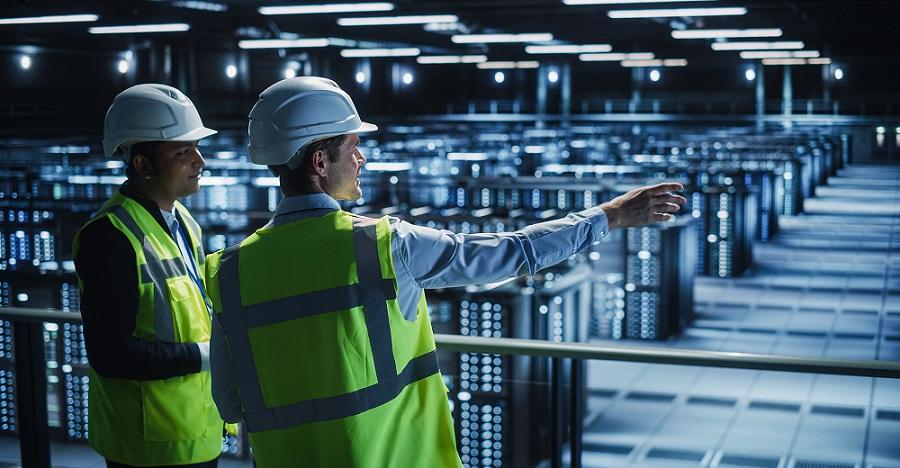Looking toward the horizon, the data center of tomorrow will be a marvel of efficiency, power, and sustainability, shaped by emerging technologies and pressing environmental concerns. A forward-looking Us Data Center Construction Market prediction indicates a decisive shift towards designs that can handle unprecedented power densities while minimizing their environmental impact. The future of construction will be heavily influenced by the demands of artificial intelligence, which will make liquid cooling a standard feature rather than a niche solution. We will see a move away from large, monolithic buildings towards more agile and scalable designs, with prefabricated and modular construction techniques becoming the norm to accelerate deployment times from years to months. This "factory-to-site" approach will be critical for keeping pace with the exponential growth in demand for computing power.
Sustainability will be the single most important design principle in future data center construction. The industry is under immense pressure to reduce its carbon footprint and its consumption of resources like water and energy. A key prediction is the co-location of data centers with renewable energy sources, such as solar and wind farms, to ensure a direct supply of clean power. We will also see the widespread adoption of innovative energy-saving technologies, including waste heat recovery systems that capture heat generated by servers and reuse it to warm nearby buildings or greenhouses. The focus on water conservation will drive the adoption of closed-loop cooling systems that recycle water, a crucial development for data centers being built in water-scarce regions like Arizona and Nevada. Green building certifications like LEED will become a baseline requirement.
The physical footprint of data centers will also evolve. While massive hyperscale campuses will continue to be built in major hubs, there will be a parallel boom in the construction of smaller "edge" data centers. These facilities will be strategically located in or near urban centers to support latency-sensitive applications like autonomous vehicles, real-time analytics, and the Internet of Things (IoT). The construction of these edge sites will present new challenges, requiring compact, secure, and highly efficient designs that can be deployed in dense urban environments, sometimes in the form of micro-data centers at the base of cell towers or in repurposed commercial buildings. This trend towards a more distributed network architecture will be a significant driver of construction activity in the coming years.
Finally, the long-term prediction for data center construction involves preparing for the next wave of computing paradigms, such as quantum computing. While still in its early stages, quantum computers have unique and extreme environmental requirements, including cryogenic temperatures and protection from vibrations and electromagnetic interference. As this technology matures, it will require the construction of entirely new types of highly specialized facilities. Forward-thinking construction and engineering firms are already beginning to research the design principles for these "quantum-ready" data centers. This ensures that the industry will continue to innovate and adapt, building the critical infrastructure required to support the future of computation, whatever form it may take.
Explore Our Latest Trending Reports:



